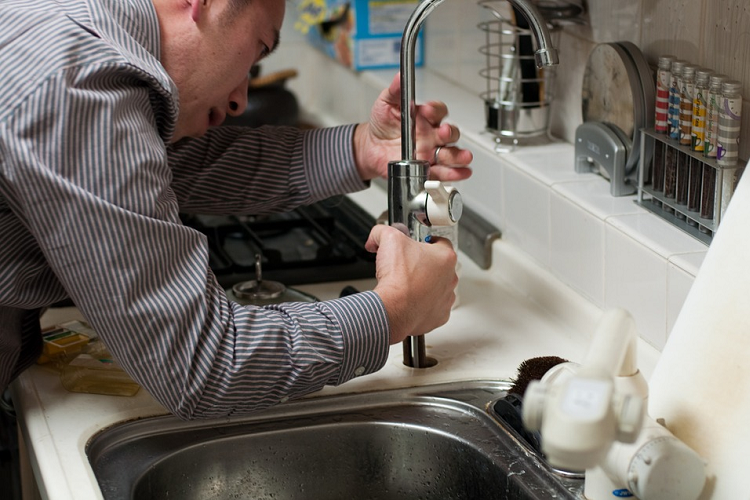Many firms these days have been focusing on making offices and their premises more comfortable as well as collaborative, especially after COVID-19. However, there are still some technical hurdles, which need to be taken care of. The launch of the smart office has been to help in reducing these challenges. Even before COVID-19, there was a major move in many companies, which was focused on making the offices more open, and free-flowing with collaborative and shared spaces. Some companies have even stepped up and created spaces where the layout is relaxed and provisioning. These processes have been focused on allowing the professionals to become relaxed, communicate, and connect with their coworkers in a relaxed environment.
The main challenge to this is that as the firms have been investing in these “newer” types of offices, the technology in these offices has been stagnant which has led to many of the older office frustrations such as trying to connect to conference calls or presenting PowerPoints from laptops have remained making the working process frustrating to all. This is the part where the new and advanced “smart office” needs to kick in: the use of new technology to help advance the workspaces and live up to the ideal easy workplace. These smart offices will require the need of an advanced internet connection. Our recommendation here is to rely on Xfinity wifi for its smooth services and reliable connection with on-par customer support, with one of the best names in the market. Read on, to learn more about the future of smart offices, what they will be bringing to the table with technological changes, and the immense impact on workspaces.
What is Smart office ?
The modern solution has been designed to improve the level of productivity as well as efficiency of all employees, regardless of whether they work in-office or remotely. Post COIVD-19, employees and clients alike have begun to expect advanced technology in the office spaces for them to seamlessly collaborate and execute projects with teammates who may be present in all regions of the world. Smart office technology has included various devices that have been able to improve the physical office buildings themselves, including remote door attendants as well as smart thermostats.
Smart office IoT?
The IoT is an abbreviation, which stands for Internet of Things. This describes those devices, which exchange information amongst themselves and with other devices via the internet. This communication aspect is what leads the technology to be termed as being “smart.” IoT is focused on helping employees work faster and more efficiently. Some of the technology, which forms a part of IoT includes:
- Automated door locking mechanisms
- Occupancy sensors
- The automated climate along with lighting control
- Conference/ meeting room scheduling system
- Touchless access and attendance control systems
Smart Office Key Features
Here is explained some ways the offices will go smart, which are expected to make big splashes are:
1. Smarter desks
Gone is the era of simple standing desks or sit-and-stand desks. While these have been gaining a lot of mobility across offices during the last five years, there is a new contender in the market. It has been proven that using a hybrid desk allowed employees to become more productive and alert, there are many offerings in the market: from Ikea to Updesk, VariDesk, and Uplift.
One of the contenders, Humanscale has moved on to incorporate IoT as a part of their desks making the experience more scientific! It has OfficeIQ sensors that send users alerts when they’ve been sitting/ standing for too long while also collecting, analyzing, and reporting data on the users sitting/ standing habits. The company has offered a chance for clients to incorporate their technology into a game: which department has the best sit-to-stand ratios? The desks are smart and aligned with each employee’s login making them the best investment for shared spaces.
2. Making conferencing easier
To reduce the issues brought up by older technology, there have been several new technologies, which are now converging to simplify conferencing. Large screen TVs have replaced projectors; Apple TV and Chromecast have made it easier for any guest to quickly and efficiently connect their laptops to the present. Additionally, products such as Zoom and Microsoft teams have simplified conference as well as video calls!
These apps can be used on phones, laptops, and tablets, and allow easy connection using a link! All the while, the importance of a good internet connection will be a must too. You must look for our suggestion above and consider it for smart offices due to its commendable services.
3. Voice-enabled offices
The dream for the smart office is to simply walk into a conference room and state the purpose for being there: Connect to the 11 am conference call with the New York office and have the systems do everything else. While it seems like a far-off dream, this is what Amazon’s Alexa for Business is aiming to provide! These services will let employees multitask by simply using their voice as the control to manage their calendars and pending tasks, as well as filing all data requests.
Ending on the note that with the era of the new office upon the world’s workplaces and it seems like an interesting evolution of times, needs and the development in technology are all coming together to create dream-like working conditions for employees with an increase in productivity, the efficiency of the people and systems.




